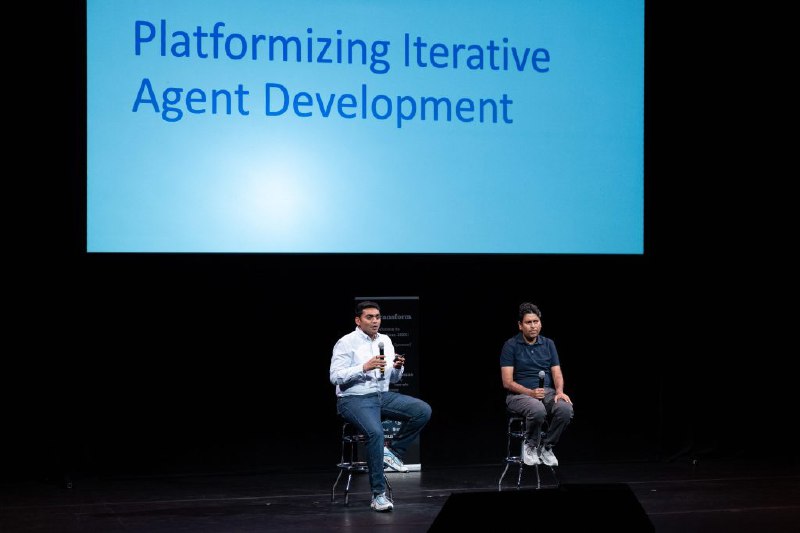Unlocking AI Potential: Lessons from LinkedIn’s Enterprise Success
What Enterprise Leaders Can Learn from LinkedIn’s Success with AI Agents
As the landscape of recruitment continues to evolve, enterprise leaders are increasingly looking towards artificial intelligence (AI) to streamline their hiring processes. LinkedIn, an industry pioneer, has made significant strides with its AI-driven hiring assistant, demonstrating the transformative power of technology in recruitment. This article explores hypothetical scenarios and future possibilities that could arise from adopting AI agents in the recruitment space, drawing inspiration from LinkedIn’s successes.
The Rise of AI in Recruitment
Imagine a future where recruitment is fully automated, allowing businesses to identify the right candidates faster and more efficiently. LinkedIn has embraced this future with its hiring assistant, which leverages AI to source potential employees, saving time and costs associated with traditional hiring methods.
Potential Benefits for Businesses
- Increased Efficiency: AI agents can rapidly analyze thousands of résumés and applications, identifying the best matches based on predefined criteria.
- Enhanced Candidate Experience: Automated communication tools keep candidates informed throughout the hiring process, improving engagement and satisfaction.
- Data-Driven Insights: AI can provide valuable analytics on hiring trends and candidate performance, enabling better decision-making.
- Diversity and Inclusion: AI can help eliminate biases in the screening process, fostering a more diverse workforce.
Hypothetical Scenarios: Future Possibilities
- Scenario 1: A multinational corporation implements an AI hiring assistant that optimizes recruitment across different regions. As a result, they can tailor job descriptions and candidate communication to suit local cultures, leading to a 30% increase in qualified applicants.
- Scenario 2: A tech startup uses AI to screen candidates for soft skills, resulting in a team that collaborates better and achieves a 20% increase in project delivery speed.
- Scenario 3: A healthcare organization adopts AI to ensure compliance with diversity quotas in hiring, leading to a more representative workforce and improved patient outcomes.
ROI Examples from Implementing AI in Recruitment
Businesses that incorporate AI into their recruitment processes can experience measurable returns on investment (ROI). For instance:
- Companies that use AI to streamline recruitment may reduce hiring time by up to 50%, leading to lower operational costs.
- Organizations using data analytics to refine their hiring strategies have reported up to a 25% increase in employee retention rates, translating to significant savings in turnover costs.
- The implementation of AI-driven diversity hiring initiatives has revealed that companies can see an increase in creativity and innovation, resulting in a potential 15% boost in revenue.
Actions for Implementation
To harness the benefits of AI in recruitment, enterprise leaders should consider the following actions:
- Assess Needs: Evaluate current hiring processes to identify pain points and areas for improvement.
- Choose Technology: Research AI-driven hiring tools that align with organizational goals and requirements.
- Train Teams: Provide training for HR teams to ensure they understand how to use AI tools effectively and ethically.
- Monitor and Optimize: Regularly track the performance of AI agents to improve functionalities and address any biases that may arise.
Conclusion
As AI continues to shape the future of recruitment, enterprise leaders have a valuable opportunity to learn from LinkedIn’s successful deployment of AI agents. By embracing these technologies, businesses can dramatically enhance their hiring processes, making them more efficient, equitable, and data-informed. To explore how your organization can leverage AI in recruitment, schedule a consultation with our team today.


